Gluten free bread has become ever more popular in recent years. Many people choose it because they have gluten sensitivities or celiac disease, while others pick it as part of a healthier lifestyle. However, finding the right that is both tasty and nutritious while meeting specific dietary needs can be challenging.
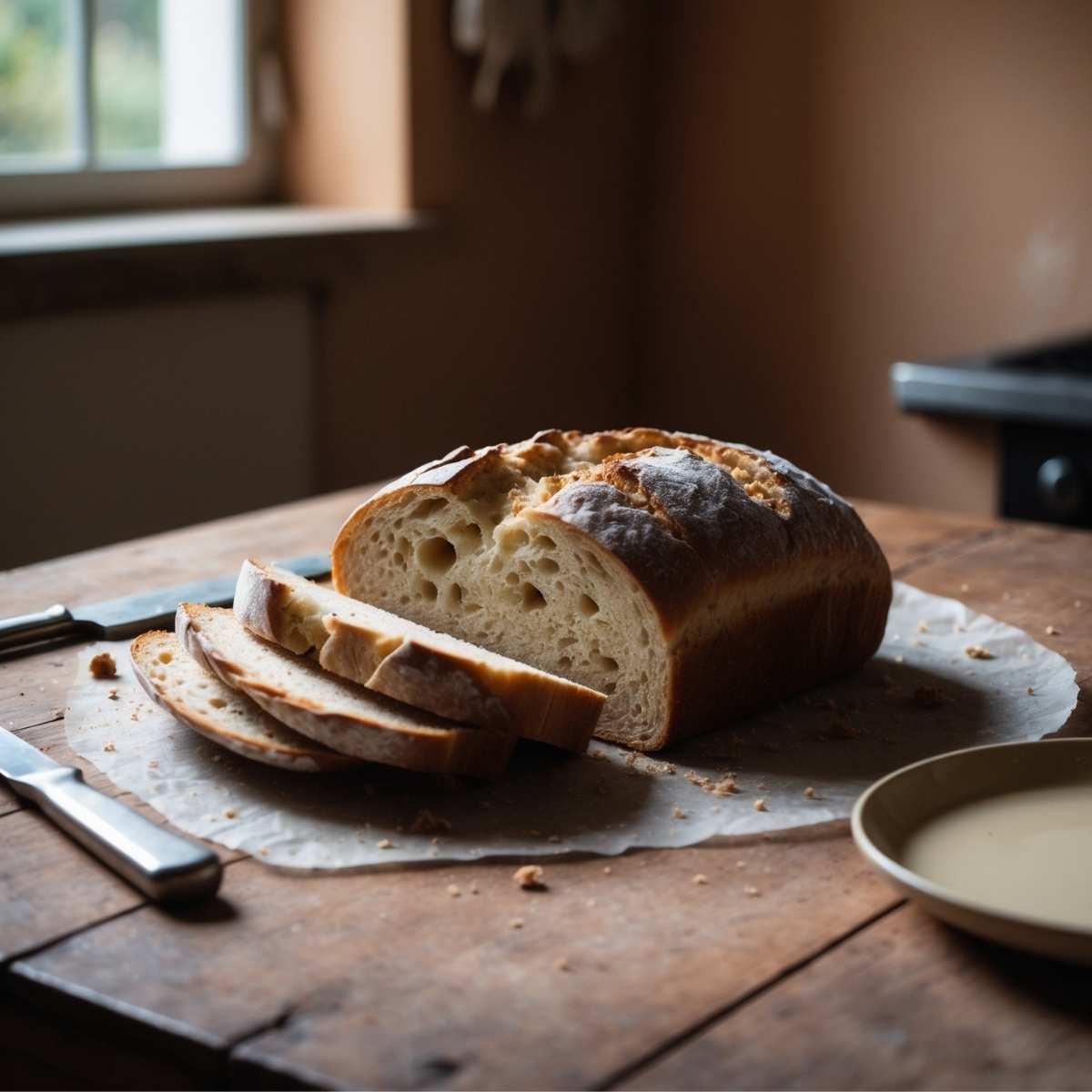
This comprehensive guide will cover everything you need to know about gluten free bread—from the best store-bought options to easy homemade recipes and helpful ingredient tips. By the end of this article, you will know how to enjoy your bread fully, whether you choose to buy it or bake it yourself.
Jump to:
- What is Gluten free bread?
- Types of Gluten free bread
- Health Benefits
- Best Store-Bought Brands
- Tips for Choosing Store-Bought Gluten free bread
- How to Make Gluten free bread at Home
- Variations for Homemade Gluten free bread
- Tips for Perfect Gluten free bread Every Time
- Gluten free bread Challenges & Solutions
- Serving Suggestions and Recipes with Gluten free bread
- Conclusion
- Soft and Tasty Gluten Free Bread Recipe
What is Gluten free bread?
Gf bread is made without using traditional gluten-containing grains such as wheat, barley, or rye. Instead, it uses alternative flour like brown rice flour, almond flour, or buckwheat flour. As awareness of gluten-related health issues grows, more people are turning to gf bread as a healthier alternative.
Types of Gluten free bread
There are several types of gluten free bread, each with its unique taste and texture:
White Bread
White gluten free bread is soft and fluffy, much like traditional wheat bread. Made with a blend of white rice flour, tapioca flour, and potato starch, it often includes added vitamins and minerals to closely match the nutritional profile of regular white bread.
Multigrain Bread
Multigrain gf bread combines gluten-free grains such as quinoa, millet, sorghum, and teff. This bread has a denser texture and a richer flavor profile. It may also contain added seeds like flaxseed, sunflower, or chia, providing extra fiber and nutrients.
Sourdough Bread
Sourdough gluten free bread is known for its tangy and chewy texture, achieved using a fermented starter. Made with gluten-free grains like buckwheat or rice flour, this type of bread is easier to digest due to the fermentation process, making it a favorite among gluten-free enthusiasts.
Yeast Bread
Yeast-based gluten free bread is light and airy, similar to traditional bread. It incorporates yeast to help it rise and is ideal for sandwiches and toasts. This bread often includes a combination of flours such as sorghum, brown rice, and tapioca starch to ensure a balanced texture.
Flatbreads and Baguettes
Flatbreads and baguettes offer a gluten-free twist on classic bread types. Gluten-free flatbreads, including pita and naan, are perfect for wraps and dipping, while baguettes are great for sandwiches and appetizers with their crusty exterior and soft interior.
Health Benefits
Switching to gluten free bread can offer several health benefits, especially for those with gluten intolerances or celiac disease:
- Reduced Inflammation: Consuming gluten free bread can help reduce inflammation and digestive discomfort for those with gluten sensitivity.
- Improved Digestive Health: Bread made with whole grains like quinoa and buckwheat is easier to digest and can promote gut health.
- Nutrient-Dense Ingredients: Many gluten free breads use nutrient-rich ingredients like seeds, nuts, and alternative flours, which provide additional fiber, protein, and healthy fats.
- Allergen-Friendly: Gluten free breads can be tailored to avoid other allergens, such as dairy, nuts, or eggs, making them suitable for those with multiple food allergies.
Best Store-Bought Brands
Choosing the best gluten free bread from the store can be overwhelming. Here are some of the top-rated options that provide excellent flavor, texture, and nutritional benefits:
Canyon Bakehouse
Canyon Bakehouse is known for its soft texture and great taste, particularly its Hawaiian sweet bread and multigrain options. This brand uses wholesome ingredients, and its products are widely available in grocery stores. Many fans appreciate the "real bread" feel with a softer, larger slice size that holds up well for sandwiches.
Best for: Sandwiches, toasting, and French toast.
Popular Varieties: 7-Grain, Mountain White, and Heritage Style Whole Grain.
Udi's Gluten Free Bread
Udi's Gluten Free Bread offers a classic white bread feel and is perfect for sandwiches. It is praised for its light texture and "real bread" taste, making it a staple for many gluten-free households.
Best for: Toasts, sandwiches, and paninis.
Popular Varieties: White Sandwich Bread, Multigrain Bread, and Whole Grain.
Rudi's Gluten Free Bakery
Rudi's Gluten Free Bakery provides a traditional taste with options like homestyle original and multigrain loaves. Rudi’s bread is known for its softer texture and full-sized slices, making it suitable for a more traditional sandwich experience.
Best for: Cold sandwiches, grilled cheese, and breakfast toasts.
Popular Varieties: Original Homestyle, Cinnamon Raisin, and Multigrain.
Schär
Schär is a popular choice for gluten-free products, although it has mixed reviews regarding texture and taste. Their multigrain and classic white bread options are convenient for those seeking gluten-free choices with fewer additives.
Best for: Light sandwiches, toast, and snack-sized portions.
Popular Varieties: Artisan Baker Multigrain, Classic White, and Deli-Style Sourdough.
AWG Bakery
AWG Bakery specializes in grain-free bread made with organic ingredients, making it ideal for those with multiple allergies. The bread is dense and best served toasted, offering a satisfying crunch.
Best for: Toasting, avocado toast, and small sandwiches.
Popular Varieties: Almond Flour Bread, Seeded Bread, and Cinnamon Raisin Bread.
Tips for Choosing Store-Bought Gluten free bread
When selecting gluten free bread from the store, keep these tips in mind:
- Check the Ingredient List: Look for whole, clean ingredients like brown rice flour, flaxseed, and chia seeds, and avoid excessive starches or fillers.
- Evaluate Nutritional Value: Some gluten free breads are high in sugars or lack fiber. Choose options that offer a balanced nutritional profile.
- Look for Certifications: Ensure the bread is certified gluten-free to avoid cross-contamination risks.
- Consider Taste and Texture: Taste and texture can vary widely. Choose a brand that matches your preference for softness, density, or graininess.
- Read Reviews: Customer reviews can provide insight into how different breads perform in terms of taste, texture, and freshness.
How to Make Gluten free bread at Home
Homemade gluten free bread is not only healthier but also allows for customization according to personal taste and dietary needs. Baking at home gives you control over the ingredients, helping you avoid unwanted additives and preservatives.
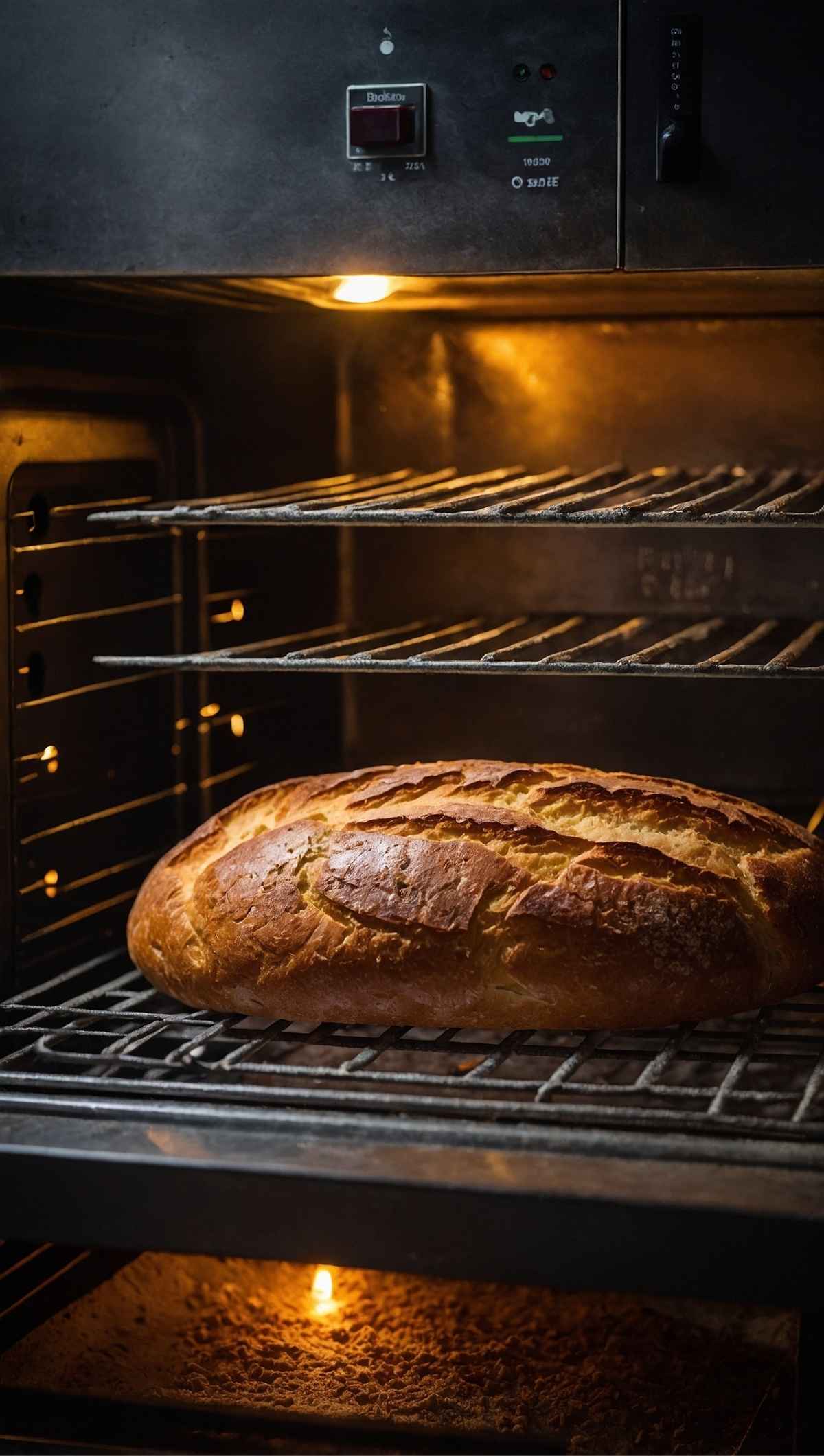
Basic Ingredients Needed
- Flours: Commonly used flours include brown rice flour, almond flour, or buckwheat flour, each bringing a unique texture and flavor. Brown rice flour provides a mild, nutty taste; almond flour adds richness; and buckwheat flour offers a hearty, dense texture.
- Binders: Psyllium husk or xanthan gum is crucial for texture and elasticity, replacing the gluten structure. Psyllium husk is particularly beneficial as it adds fiber and helps create a good structure for the bread.
- Yeast: Active dried yeast is essential for a good rise and a light, airy texture. For those looking for an egg-free option, baking powder or baking soda can sometimes be combined with vinegar or lemon juice.
- Liquids: Warm water or milk, sometimes with added apple cider vinegar, can boost yeast activity. Milk (dairy or non-dairy) can add a richer texture, while water keeps it lighter.
Step-by-Step Recipe
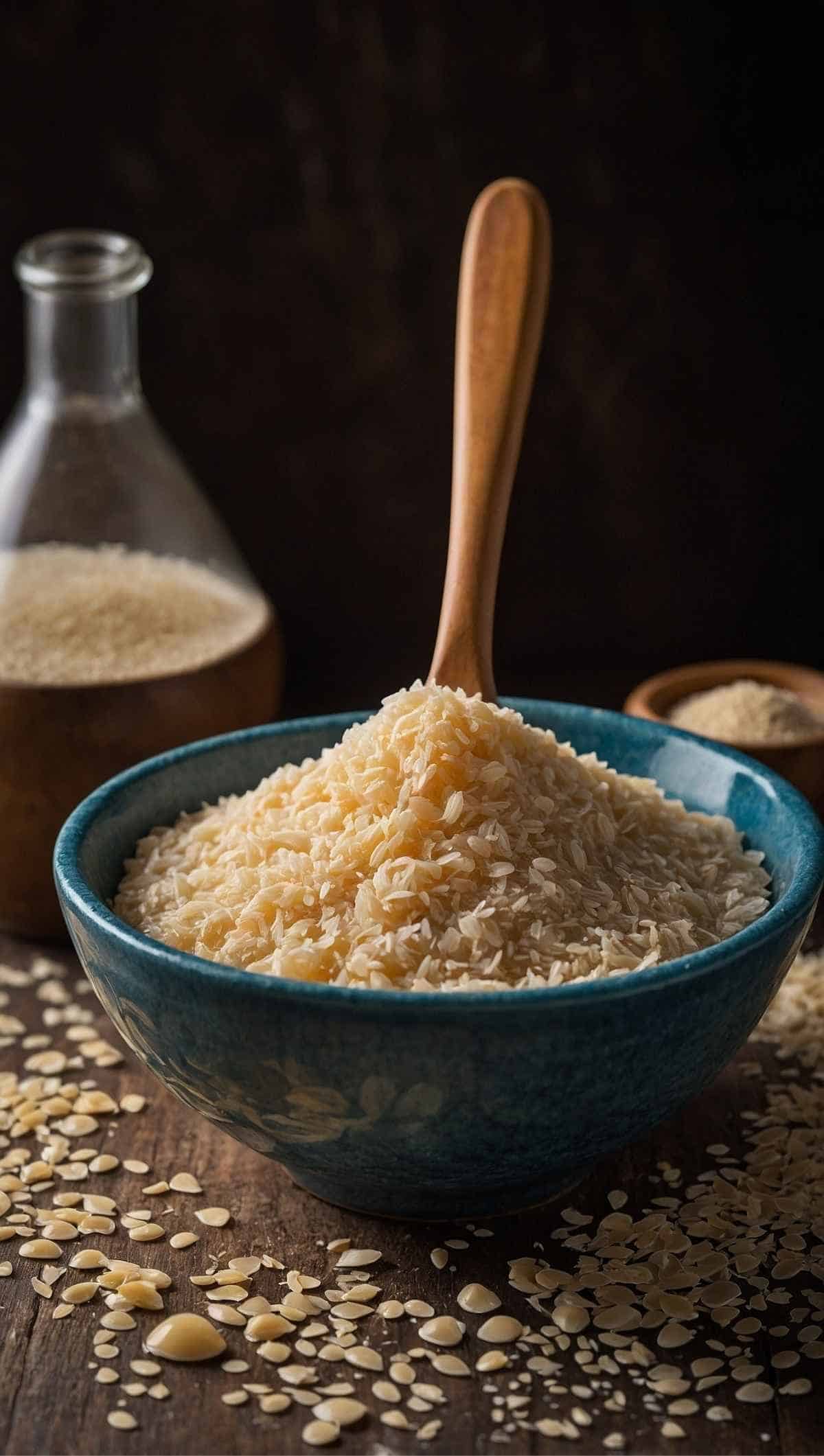
1. Prepare the Yeast Mixture
Mix active dried yeast with warm water and a teaspoon of sugar; let it sit for 5-10 minutes until foamy. This step ensures the yeast is alive and active and helps the bread rise properly.
2. Create a Psyllium Gel
Combine psyllium husk with water to form a gel that will mimic gluten's structure, giving the bread a better crumb. Let it sit for about 5 minutes until it becomes thick and gelatinous.
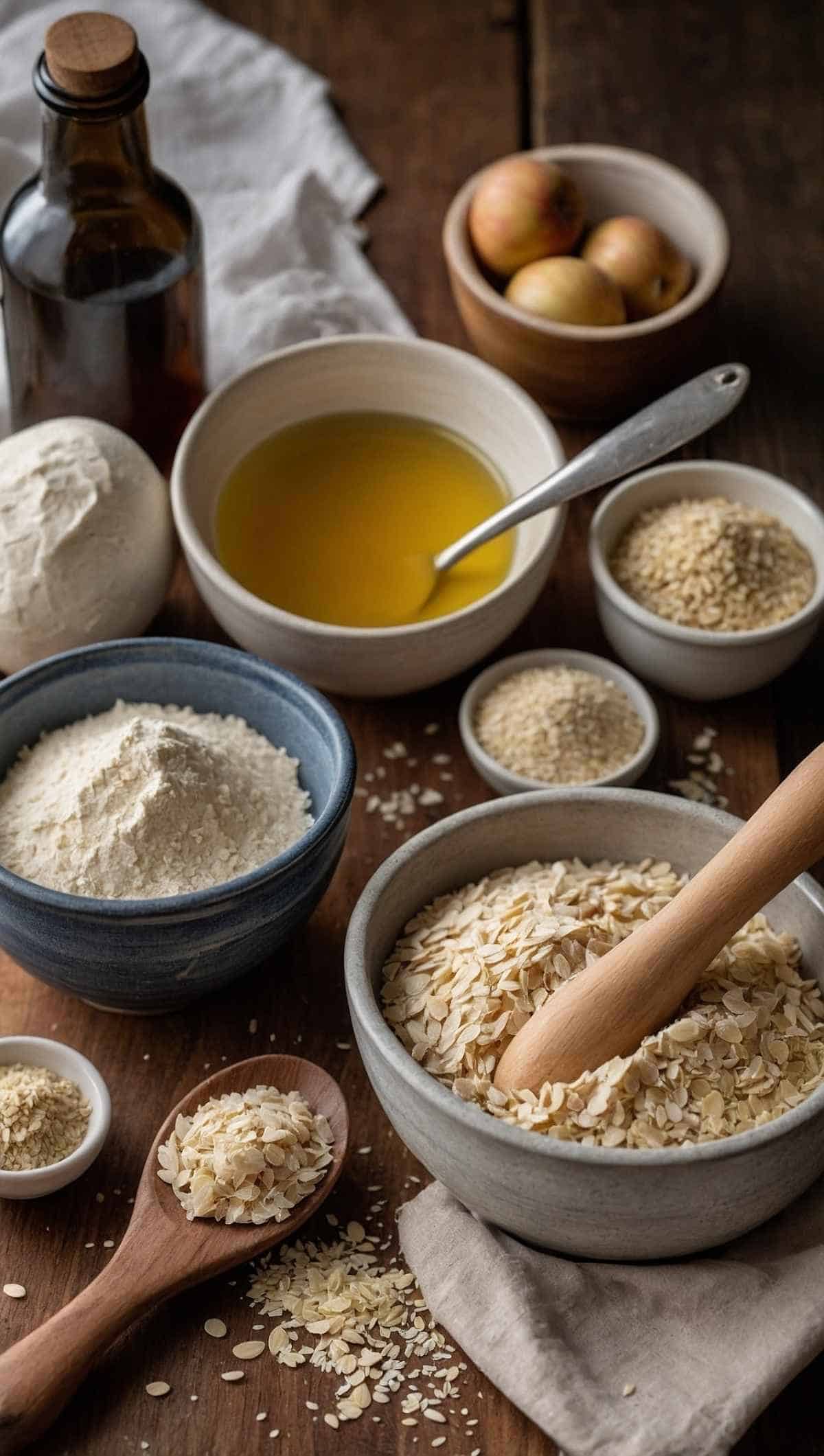
3. Mix Dry Ingredients
Combine gluten-free flours (like brown rice flour and potato starch), salt, and desired spices in a large mixing bowl. Ensure the mixture is well combined. Adding a touch of sugar or honey can help balance flavors.
4. Combine Wet and Dry Ingredients
Add the yeast mixture, psyllium gel, and olive oil to the dry ingredients. Mix until a dough forms; it should be sticky but not too wet. If the dough feels too dry, add more water or milk until the right consistency is achieved.
5. Knead the Dough
Although gluten-free doughs have different textures, kneading helps achieve consistency. Use a mixer with a paddle attachment for best results. Knead for 5 to 7 minutes until smooth.
6. First Rise (Bulk Fermentation)
Leave the dough to rise in a warm spot for about an hour, or until doubled in size. This step develops flavor and texture. Consider using a warm oven (not hot) or a proofing drawer if the environment is cool.
7. Shape the Dough and Final Proof
Shape the dough into a loaf and place it in a proofing basket for another rise of about 30-45 minutes. Wipe it with a damp cloth to prevent it drying out.
8. Bake the Bread
Preheat the oven to 450°F (230°C). Bake the loaf for about 40-50 minutes or until golden brown and crusty. Adding steam to the oven (using a water tray) can help create a crispier crust.

9. Cool Completely
Allow the bread to cool completely before slicing to prevent a gummy texture. Cooling allows the bread to set properly and enhances the texture.
Variations for Homemade Gluten free bread
You can customize your homemade gluten free bread by adding different ingredients:
- Seeds and Nuts: Enhance texture and flavor by adding seeds like chia, flax, or sunflower, or nuts like walnuts and almonds.
- Herb and Garlic Bread: Mix fresh herbs like rosemary or thyme, garlic powder, and olive oil for a savory loaf.
- Sweet Bread: Add dried fruits like raisins, cranberries, or apricots and a dash of cinnamon or nutmeg for a sweet variation.
Tips for Perfect Gluten free bread Every Time
- Use a Kitchen Scale: For accurate ingredient measurements, use a kitchen scale rather than cups. Precision in baking is crucial, especially with gluten-free recipes.
- Keep Ingredients at Room Temperature: This helps with even mixing and yeast activation, ensuring a consistent rise.
- Choose the Right Flour Blend: Opt for a blend that combines different flours like rice, sorghum, and tapioca for the best texture.
- Avoid Overproofing: Keep an eye on the dough during the rising stages to avoid overproofing, which can lead to a dense or deflated loaf.
- Monitor Oven Temperature: Use an oven thermometer to ensure accuracy and prevent uneven baking.
- Experiment with Additives: Psyllium husk, chia seeds, and flax seeds can add texture, fiber, and moisture retention to gluten free bread.
- Understand Gluten-Free Dough: Unlike wheat-based dough, gluten-free dough is generally wetter and stickier. Don't be driven to add flour; trust in the process.
Gluten free bread Challenges & Solutions
Making gluten free bread is not without its challenges. Here are some common issues and their solutions:
- Dry or Crumbly Bread: Ensure the right hydration levels; consider adding extra liquid or fat, like olive oil or butter, to improve moisture content.
- Dense Bread: Make sure the yeast is active and that the dough isn’t underproofed. Proper kneading and proofing times are key.
- Gummy Texture: Bake at the correct temperature and for the recommended time to ensure a fully cooked interior. Cooling the bread completely is also essential to avoid gumminess.
- Lack of Rise: If your bread doesn’t rise properly, the yeast may be inactive, or the dough may have been over-proofed. Ensure the yeast is fresh and the dough is kept in a warm, draft-free place.
- Uneven Crumb or Holes: This can occur if the dough is not mixed properly or if there are issues with rising. Ensure a uniform mix and give the dough adequate time to proof.
Serving Suggestions and Recipes with Gluten free bread
- Classic Sandwiches: Try turkey and avocado, or a vegan grilled cheese for a satisfying meal. Gluten free bread provides a solid base for hearty fillings.
- French Toast: Use gluten free bread to make a delicious, crispy French toast. Add cinnamon, vanilla extract, and a drizzle of maple syrup for a sweet breakfast treat.
- Bread Pudding: A great way to use leftover gluten free bread. Combine with eggs, milk, sugar, and your favorite fruits or nuts for a warm, comforting dessert.
- Garlic Bread: Slice the bread, brush with garlic butter, and bake until golden. Perfect for serving with pasta dishes.
- Croutons: Cube stale gluten free bread, toss with olive oil and herbs, and bake until crispy. Ideal for salads and soups.
Conclusion
Gluten free bread can be just as delicious and satisfying as traditional bread when you know what to look for and how to make it. Whether you choose to buy from the store or bake your own, the options are plentiful and varied. Enjoy experimenting with different types and recipes to find your perfect gluten free bread!
By understanding the intricacies of gluten-free baking, selecting the right ingredients, and employing the correct techniques, you can create or choose a loaf that is not only delicious but also aligns with your dietary needs. Remember, the best gluten free bread is the one that meets your taste preferences, nutritional requirements, and lifestyle.
FAQs
Gluten-free bread can be healthier for those with celiac disease, gluten intolerance, or sensitivity, as it prevents digestive discomfort and inflammation. However, for those without gluten-related issues, the health benefits depend on the ingredients used. Many gluten-free breads use nutrient-rich ingredients like whole grains, seeds, and nuts, providing more fiber, protein, and healthy fats. Always check the ingredient list to ensure you're choosing a nutrient-dense option.
Yes, you can make gluten-free bread without yeast by using baking powder or baking soda combined with an acid like vinegar or lemon juice. These leavening agents help the bread rise without needing yeast, making them ideal for those who are sensitive to yeast or prefer a quicker baking process. Remember that the texture may be slightly different from traditional yeast bread, often being denser.
Gluten-free bread has a different texture because it lacks gluten, a protein found in wheat that gives bread its chewy and elastic quality. Gluten-free flours and starches often require binders like psyllium husk or xanthan gum to replicate this texture.
To keep gluten-free bread fresh, store it in an airtight container at room temperature for up to three days. If you want to keep it longer, it’s best to freeze the bread.
Absolutely! Gluten-free bread can be used in many of the same ways as regular bread. You can make sandwiches, toast, croutons, garlic bread, French toast, and even bread pudding.

Soft and Tasty Gluten Free Bread Recipe
- Total Time: 1 hour 35 minutes
- Yield: 12 Slices 1x
Description
This homemade gluten free bread is perfect for those who want a soft, fluffyloaf without any gluten. By combining different gluten-free flours and usingpsyllium husk, this bread achieves a texture that is remarkably close totraditional bread, making it an excellent alternative for gluten-sensitiveindividuals.
Ingredients
- 1 cup brown rice flour
- 1/2 cup potato starch
- 1/2 cup tapioca starch
- 1/4 cup almond flour
- 3 tablespoons psyllium husk powder
- 1 1/2 teaspoons salt
- 2 tablespoons sugar
- 1 packet active dry yeast (equivalent to 2 1/4 teaspoons)
- 1 1/4 cups warm water (110°F or 45°C)
- 2 tablespoons olive oil
- 1 teaspoon apple cider vinegar
Instructions
- Prepare the Yeast Mixture: Combine warm water, sugar, and yeast in a small bowl. Stir gently and allow it to sit for 5-10 minutes, until the mixture starts to bubble and foam, indicating the yeast is active and ready.
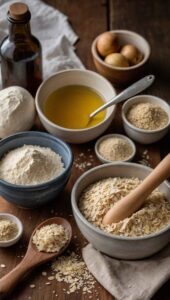
- Create the Psyllium Husk Gel: In another bowl, mix the psyllium husk powder with 1 cup of water. Stir thoroughly and let it rest for about 5 minutes. It will transform into a thick gel that helps bind the ingredients together.
- Combine the Dry Ingredients: In a large mixing bowl, combine the brown rice flour, potato starch, tapioca starch, almond flour, and salt. Mix well to ensure an even blend of ingredients.
- Mix Wet and Dry Ingredients Together: Add the psyllium gel, yeast mixture, olive oil, and apple cider vinegar to the bowl with the dry ingredients. Use a stand mixer with a paddle attachment or a hand mixer to blend everything until a sticky dough forms.
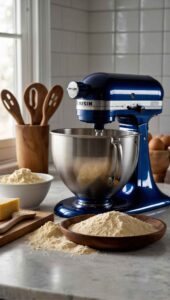
- Work the Dough: Place the dough on a lightly floured surface and knead it for roughly 5 minutes until it becomes smooth and manageable. If it sticks too much, dust it lightly with more brown rice flour to make it easier to work with.
- Allow the Dough to Rise: Place the dough in a bowl coated with a little oil to prevent sticking. Cover it with a damp cloth and set it in a warm place for about an hour, or until it grows to nearly twice its original size.
- Shape and Second Rise: After the first rise, shape the dough into a loaf and place it in a greased 9x5-inch loaf pan. Cover with a damp cloth and let it rest for another 30 minutes to rise again, which will help improve the bread’s structure.
- Bake the Loaf: Set your oven to 375°F (190°C) and allow it to preheat. Once preheated, bake the bread for 40 to 50 minutes, or until the top is golden and the loaf sounds hollow when tapped.
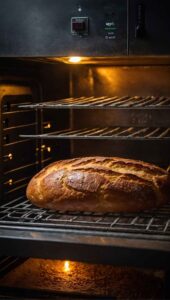
- Cool Before Cutting: Remove the bread from the oven and let it cool in the pan for around 10 minutes. move the loaf to a wire rack to cool entirely before slicing. Cooling fully is key to achieving the best texture when you slice the bread.
Notes
- For a softer crust, brush the top of the bread with melted butter as soon as it comes out of the oven.
- To keep the bread fresh, store it in an airtight container at room temperature for up to three days, or freeze for extended storage.
- Prep Time: 20 minutes
- Cook Time: 45 minutes
- Category: Bread
- Cuisine: American
Nutrition
- Calories: 120
Keywords: gluten-free baking, Gluten-Free Bread, Homemade Bread, yeast bread

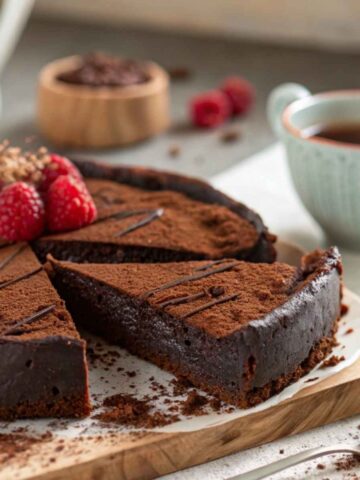
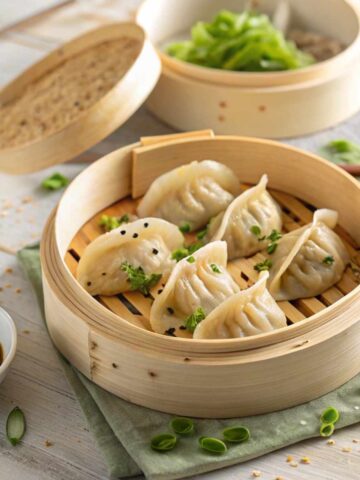
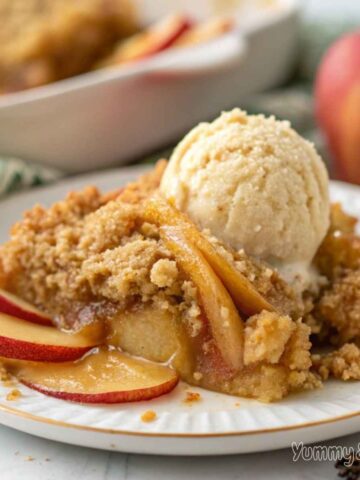
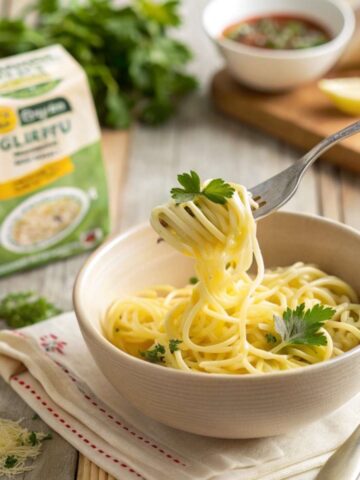
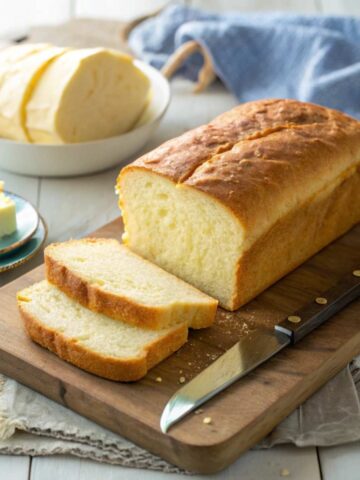

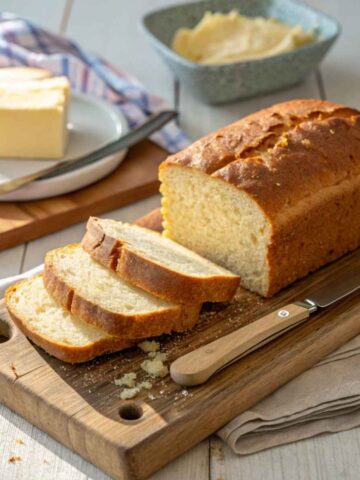

Leave a Reply